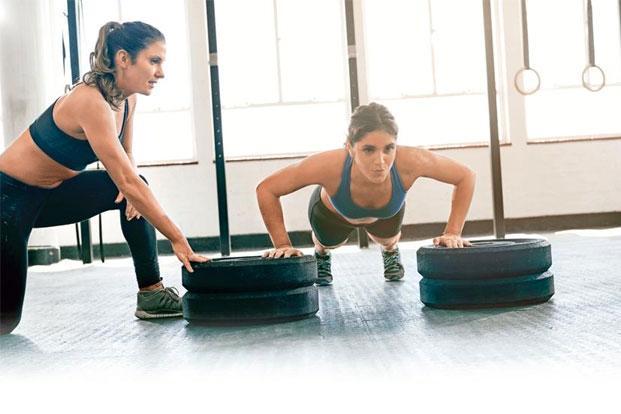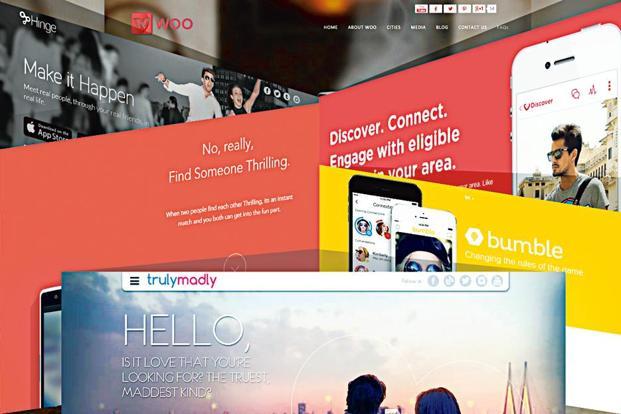Struggling with soaring summer temperatures? Here are nine natural ways to keep your body cool and healthy
The sun is good for us in a lot of ways. Numerous studies show that it lifts our mood, relieves stress, improves sleep and provides the essential vitamin D. “Too much of it, however, like a deadly heat wave, can damage our body,” says Tarun Sahni, senior consultant (internal medicine) at the Indraprastha Apollo Hospitals in New Delhi. Too much exposure to the sun can lead to heat rashes, sunburn, boils, cramps, headache, fever, blisters and nausea, or, in extreme cases, heat stroke, heat exhaustion, dizziness, even cataract, he says.
The ideal body temperature is 37 degrees Celsius. But heading straight from a sizzling 45 degrees Celsius outside to a cool 20-degree air-conditioned environment is not the most effective way to deal with the heat either. “The shock in the difference of temperature can lead to muscular spasms or even respiratory illness,” says Swati Bhushan, chief clinical nutritionist at the Fortis Hospital in Navi Mumbai.
Sitting in an air-conditioned room is not the only solution. There are other natural ways. Diet is one. Increase the intake of raw fruits and vegetables as well as foods that contain a lot of water, suggests Bhushan. Go easy on the curries, chillies, hot peppers and salsa sauces, for you wouldn’t want to rev up your already heated body, says Dr Sahni. And limit excessively salty food.
Our experts suggest a few other tricks to keep the body cool.
Drink water
It’s a simple idea. Keep yourself well-hydrated through the day, says Bhushan, and drink 8-10 glasses of water at room temperature. Avoid chilled water, for it can lead to the constriction of blood vessels and actually increase the heat in your body rather than reducing it, she adds.
“Don’t wait until you feel thirsty, keep sipping on water in between,” she says. If you’re bored of plain water, drink home-madenimbu-paani or water flavoured with mint leaves and fennel seeds, all of which are loaded with electrolytes, vitamins and antioxidants. Bhushan warns against fizzy drinks and caffeinated beverages as they tend to dehydrate the body.
Buttermilk, or fermented curd, is a healthy alternative to cold drinks and ice cream, says Bhushan. “Buttermilk is packed with protein, calcium and vitamin B, and also helps soothe ulcers and allergies,” she says. “It also promotes digestion and boosts immunity.” A study by Sweden’s Lund University, presented at the 31st International Congress On Occupational Health in Seoul, South Korea (31 May-5 June), examined the effects of buttermilk in the working population in Chennai and found that it helped in rehydration, cooling and recovery from physical work in scorching heat.
Sip coconut water
A natural electrolyte, this drink helps replace the salts lost through excessive sweat, says Bengaluru-based fitness expert Wanitha Ashok. A study by a team of scientists at the University of Memphis, US, published in 2012 in the Journal Of The International Society Of Sports Nutrition, found that both coconut water and sports drinks had the same effect in replenishing a dehydrated body after an extensive workout. Another study, published in 2015 in the International Food Research Journal,found that starting the day with coconut water ensures better protection against dehydration and fatigue. This study was conducted in Indonesia, on chefs working in restaurant kitchens.
Eat light
Be kind to your stomach—avoid deep-fried foods like samosas, kachoris, vadas, chips and bhajjis, or extra spicy curries with red meat. “Consuming fats increases the body temperature and as these foods lack water content, you’ll feel dehydrated,” says Bhushan. As a result, you’ll be tired and lethargic, with decreased levels of concentration and metabolism. Spicy food can also cause skin irritations, allergies and pimples in summer, says Bhushan.
A light meal that can be digested easily ensures your stomach doesn’t work overtime and generate additional heat. “Avoid heavy meals in restaurants, and leftover or fast foods, as they’re difficult to digest, something that your heat-stressed body can do without,” says Gaurang Joshi, medical director of the Artharva Multispeciality Ayurveda Hospital in Rajkot, Gujarat. Instead, choose fruits and vegetables with high water content like watermelon, mangoes, melons, gourd, cucumber and zucchini.
Savour raw mango pulp
You can roast it, add it to salad or just mix with water and drink. Green mango pulp cools the body considerably, says Bhushan. Especially aam panna, a drink made from the pulp of raw mangoes that is great at fighting sunstrokes, says Dr Joshi. And it’s easy to make. All you need to do is boil raw mangoes in water and make a pulp, add some jaggery, cumin seeds and salt and refrigerate. Before drinking, dilute with water.

















